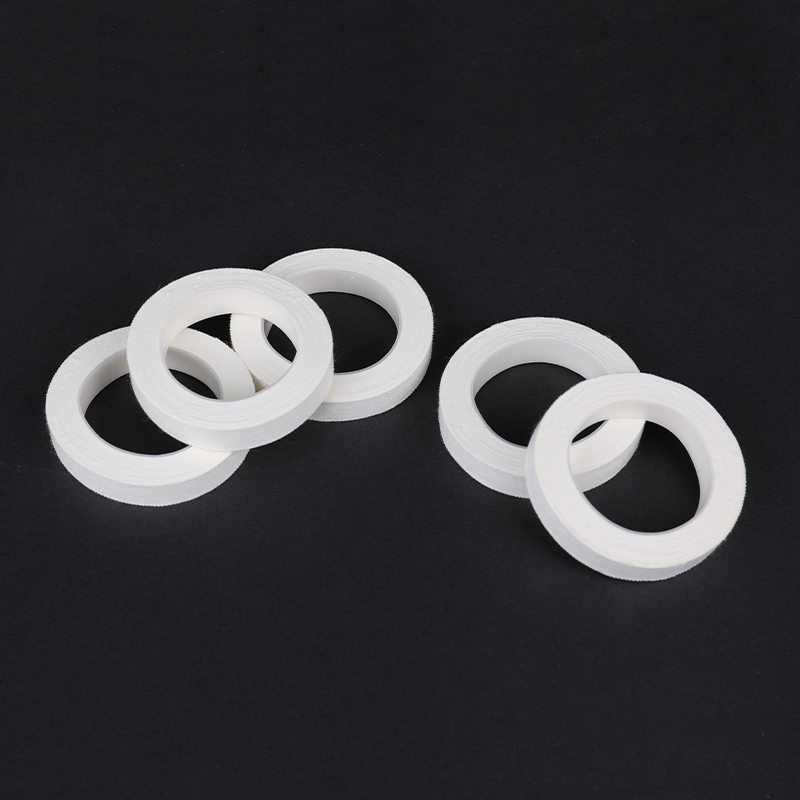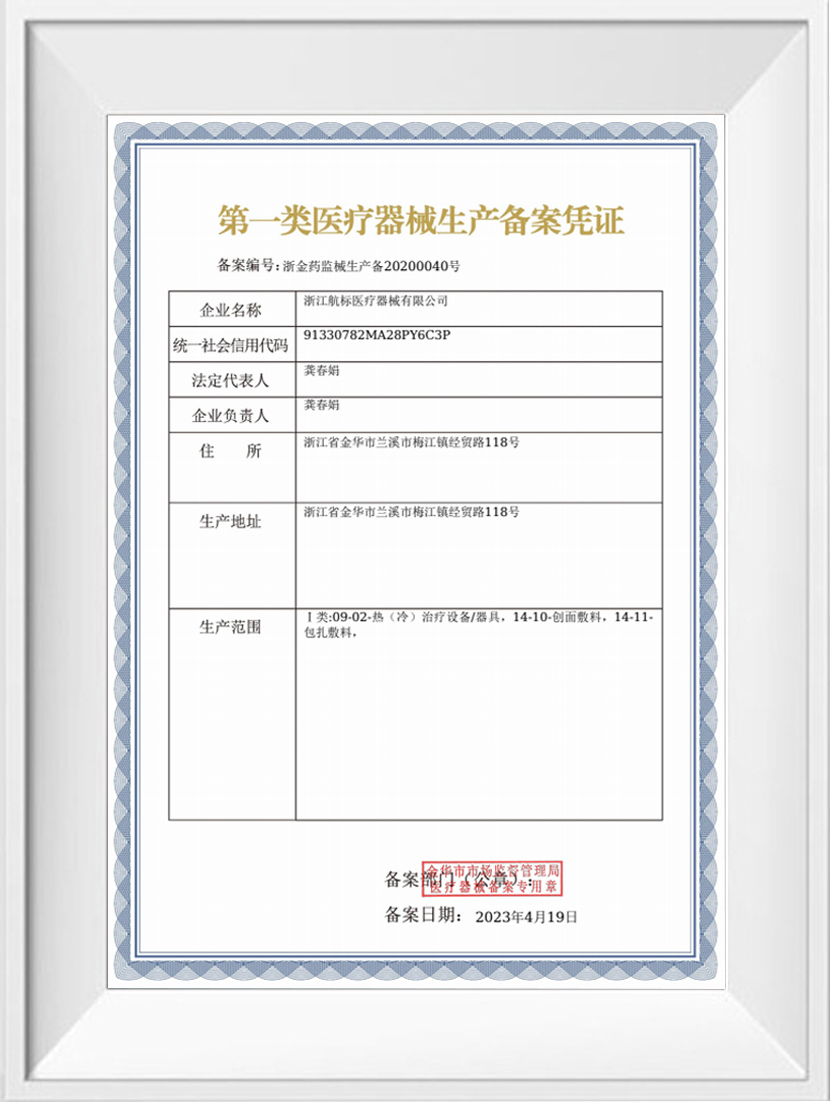Maintaining Sterile Production Environments
Contamination control begins with the environment. Surgical tape must be manufactured in clean, controlled settings to meet medical-grade standards. To achieve this, Surgical Tape Manufacturer operates in ISO-classified cleanrooms—specialized spaces with filtered air systems that eliminate airborne particles, microbes, and dust. Airlocks, gowning protocols, and controlled access points ensure that personnel entering these areas do not introduce contaminants. Regular monitoring of air quality, surface cleanliness, and microbial presence helps ensure that the production space remains sterile and compliant with global health regulations.

Use of Medical-Grade Raw Materials
Reducing contamination also starts with raw material selection. A reliable surgical tape manufacturer sources certified medical-grade adhesives, backing materials, and liners from trusted suppliers. These materials are typically pre-sterilized or undergo stringent incoming quality inspections before entering the production line. The goal is to avoid introducing foreign particles or chemical contaminants that could compromise the tape's safety and effectiveness. Traceability systems further ensure that every material batch used in production can be tracked and verified for quality.
Automated and Enclosed Manufacturing Systems
To reduce human contact and the risk of contamination, modern surgical tape manufacturers use highly automated equipment. These machines handle coating, cutting, laminating, and packaging in sealed or semi-sealed systems. Automation not only improves production efficiency but also eliminates many manual steps where contamination could occur. Robotic arms, enclosed conveyor systems, and non-contact sensors contribute to a cleaner and more controlled process.
Strict Personnel Hygiene and Training Protocols
Despite high levels of automation, skilled human operators are still essential. Therefore, Surgical Tape Manufacturer implements strict hygiene protocols for staff working in cleanroom environments. This includes wearing protective clothing such as sterile gloves, face masks, gowns, and hair covers. Employees undergo regular training in contamination prevention and proper cleanroom behavior, including minimizing movement, avoiding skin exposure, and following hand sanitization procedures. Such rigorous human-factor controls play a key role in reducing microbial contamination.
Validated Cleaning and Sanitation Procedures
Another critical aspect of contamination control is equipment and facility cleanliness. Surgical tape production lines are subject to routine cleaning schedules, using validated methods that remove residue, dust, and microorganisms without damaging sensitive machinery. Cleaning agents must be non-toxic and non-reactive with the materials used in the tape itself. Validation of these procedures ensures consistent effectiveness and regulatory compliance. Periodic audits and microbial testing confirm that surfaces and tools remain contaminant-free.
Sealed and Sterile Packaging
Once the surgical tape is produced, contamination risks still exist during storage and transport. To mitigate this, each tape roll or pad is sealed in medical-grade, tamper-evident packaging. Some products are sterilized after packaging using techniques like ethylene oxide gas or gamma radiation, depending on regulatory and client requirements. The packaging not only protects against physical damage but also maintains sterility until the point of use. Labels include manufacturing dates, batch codes, and sterilization details to ensure complete traceability.
Conclusion
To ensure product safety and reliability, every reputable surgical tape manufacturer employs a comprehensive contamination control strategy. From sterile production environments and high-quality raw materials to automated processes and sealed packaging, these Surgical Tape Manufacturers implement rigorous procedures to prevent microbial and particulate contamination. By reducing contamination at every step, they deliver products that meet the stringent demands of the medical field and protect patient health across diverse clinical settings.



